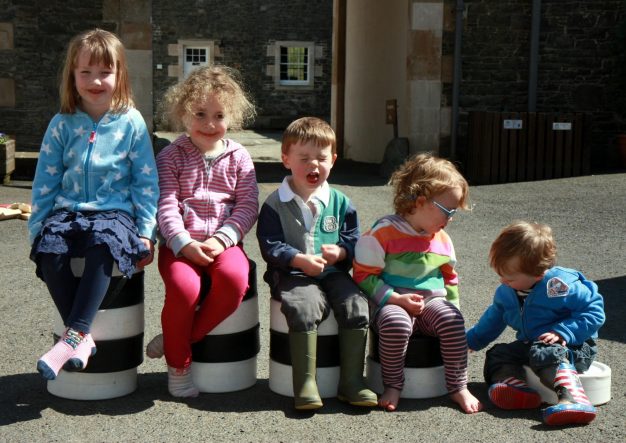
It’s OK to play: How ‘play theory’ can revitalise U.S. education
City planners are recognising that play and learning are intertwined and turning public spaces into opportunities for active learning.
When we’re young, playing and learning are inseparable. Simple games like peekaboo and hide-and-seek help us learn crucial lessons about time, anticipation and cause and effect.
We discover words, numbers, colors and sounds through toys, puzzles, storybooks and cartoons. Everywhere we turn, there’s something fun to do and something new to learn, says Tyler Samstag of The Hechinger Report.
Then, somewhere around early elementary school, learning and play officially become separated for life.
Suddenly, learning becomes a task that only takes place in proper classrooms with the help of textbooks, homework and tests. Meanwhile, play becomes a distraction that we’re only allowed to indulge in during our free time, often by earning it as a reward for studying. As a result, students tend to grow up feeling as if learning is a stressful chore while playing is a reward.
But in recent years, educators have begun to rethink this separation. Some are even taking concrete steps to reverse it by reintroducing play into their lessons, expanding learning to include spaces outside the classroom and incorporating practical learning opportunities within playful pastimes. The root of this change can be traced back to the concept of play theory, the idea that play and learning are fundamentally intertwined and that children benefit from a healthy balance of both.
‘Learning and play officially become separated for life’
Psychologists such as Jean Piaget, a pioneer in play theory, observed that play is vital to a child’s cognitive and language development and advised that opportunities and environments for play should evolve as a child matures. Paediatricians such as Hillary Burdette and Robert Whitaker believe that unstructured active outdoor play is more beneficial for children’s physical, social and emotional health than indoor play. And Russian developmental psychologist Lev Vygotsky proposed that imaginative play is fundamental to children’s ability to become responsible and self-regulate.
And now, innovative city planners are beginning to adopt play theory, and the results are helping transform America’s cities into fun, engaging, life-size learning opportunities for the whole family.
For example, when a West Philadelphia bus stop added new features such as a hopscotch grid, a puzzle with movable pieces and artwork with hidden images, families began to interact with the space – and each other – much more often, and the community worked together to keep the area clean and approachable. Similar interactive learning experiences are popping up in urban areas from California to the East Coast, with equally promising results: art, games and music are being incorporated into green spaces, public parks, transportation stations, laundromats and more.
‘A powerful reminder that it’s ok to play’
This story was produced by The Hechinger Report, a nonprofit, nonpartisan news outlet focused on education. It is republished under a noncommercial Creative Commons License.




